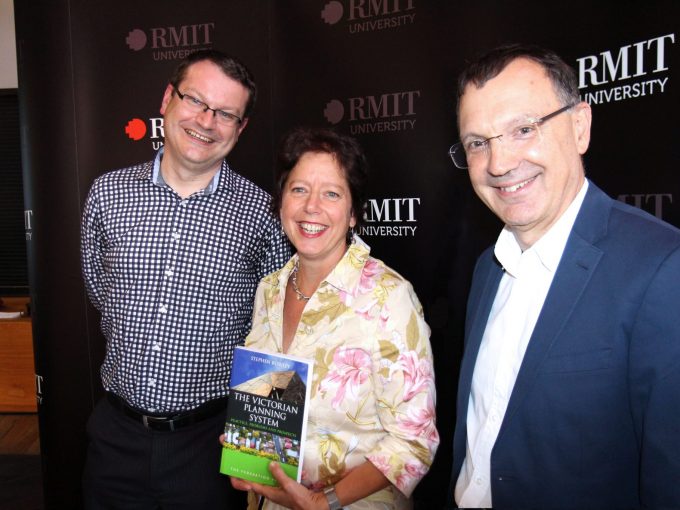If one were to conduct an opinion poll among all the urban planners currently employed by local government authorities across metropolitan Melbourne with regard to the issue of state government regulation and interference, one might be reasonably safe to assert that the survey response would be ‘there is too much.’
In the prevailing regulatory regime of Victoria Planning Provisions and their requirement for the inclusion of strategic state planning policies, the demand for more medium density redevelopment for example, has too often pitted local council planners against the state government or a developer at VCAT hearings.
The ability of the minister to call-in all contentious redevelopment proposals has only added to the frustrations felt by many local government urban planners. Urban planners have become the proverbial ‘meat in the sandwich’, as they struggle to meet local community expectations, but also conform to state strategic planning policy. Many of these urban planners will be frustrated by this situation because their ability to plan for their local communities is being impeded or constrained by state level planning policy. This is happening when Melbourne’s local government authorities have had more fully trained and fully credentialed urban planners than at any other time in the history of this city. This was not always the case.
Research conducted for a paper I delivered at the recently convened Urban History Planning History conference at RMIT University demonstrated that in the period from the end of world war two through to the mid-1970s, there were few specially trained urban planners engaged in work at the local government level. In fact, local government authorities were reluctant to engage in the development of local planning schemes despite state government encouragement, compelling it to set-up the Town and Country Planning Board (TCPB) in February 1946. One of the principal functions of the TCPB was to encourage local government authorities across Victoria to start preparing local planning schemes and tackle land use zoning problems that were being generated by the post-WWII economic long boom.
The reluctance of many metropolitan based local government authorities to take up this challenge led the TCPB to lobby the state government to empower the Melbourne Metropolitan Board of Works (MMBW) to prepare a land use based zoning scheme for the entire metropolitan region. This occurred in 1949 and the MMBW went on to complete the Melbourne Metropolitan Planning Scheme (MMPS) by 1954 but public objections meant that an interim development order had to be legislated into place in 1955. The MMPS would not be gazetted into law until 1968 by which time it was outdated and no longer met the requirements of a rapidly sprawling Melbourne metropolitan region.
Very few metropolitan based local government authorities took up the opportunity to either hire newly graduated urban planners or complete local planning schemes during this period. At the end of 1976, the study found that only 19 out of a then total of 54 local government authorities had completed a local planning scheme, many of which only covered a small portion of a much larger municipal area. This included the then cities of Sandringham, Brunswick, Box Hill, Coburg, Frankston, Moorabbin and Ringwood. All of these local planning schemes had been prepared by hired consultants some of whom possessed urban planning qualifications usually alongside a degree or diploma in architecture, engineering or surveying.
This situation only began to change after the MMPS was rescinded in 1988 and strategic planning powers were handed back to local government authorities by the then Cain-led state Labor Government. Local government authorities now began to hire qualified urban planners who could engage in largely unencumbered local strategic planning. But this period of so-called ‘planning freedom’ would only prevail for a little less than a decade before a newly elected Kennett-led state Coalition Government reined in the powers of local government based urban planners with a major overhaul of the state planning regulations. Since that time, urban planning across Melbourne has been more regulated and constrained, when compared to the period that existed in the aftermath of WWII. Time does seem to change almost everything including the level of freedom experienced by urban planners.
The full paper will be available in the proceedings of the Urban History Planning History Conference, hosted by RMIT in early 2018.





